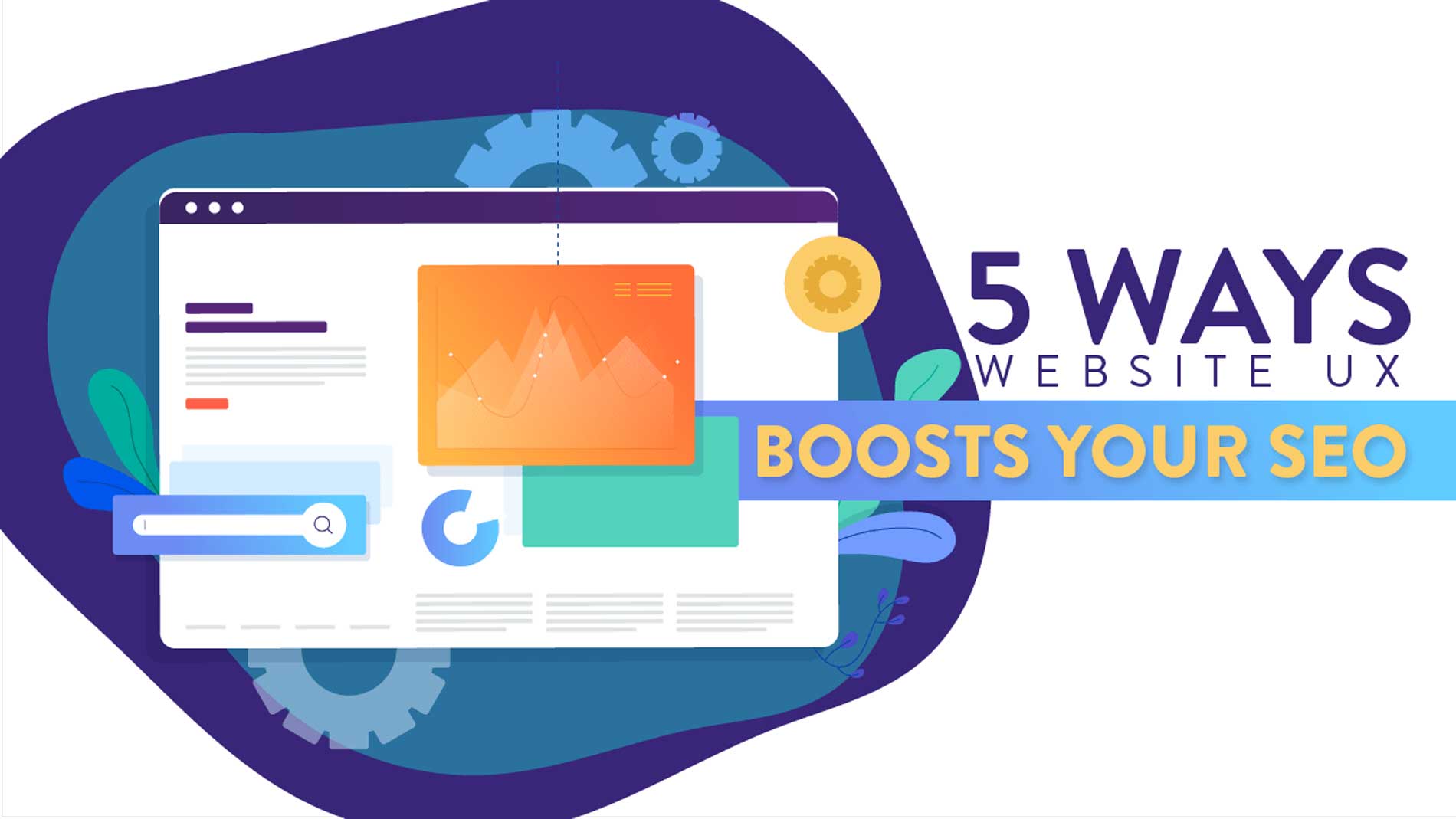Have you ever been super-excited about visiting a new store, only to get so frustrated by its labyrinthine floor plan that you flee the scene via the nearest exit – instead of leaving with those snazzy Scandinavian toe socks your tootsies have been yearning for?
When visitors to your website can’t find the products or services they’ve been promised because it looks mangled on their mobile or your menus don’t make sense, it’s just as off-putting – they’ll abandon your site and your bounce rate will rocket.
Both of these scenarios boil down to UX (User Experience) and when it’s bad it damages SEO and discombobulates customers – nonsensical navigation and clueless content confuses Google spiders as they crawl your site, resulting in poor rankings.
So how do you mix UX and SEO like the perfect mojito? The following five tips will help you get started.
1. Simple Navigation Enhances UX and SEO
Customers want a clear pathway to finding the most relevant information they’re searching for fast.
And if your menu structure is simple for them to navigate, it’ll create a silky smooth pathway for website spiders to crawl through too – thereby increasing your chances of a prominent ranking.
Implementing fully descriptive navigation is the key and this means:
- Signposting products with specific, rather than generic, labels to increase conversions.
- Ensuring all links point to the most relevant onsite pages.
- If you have a broad product range, using a limited number of top navigation labels with appropriate sub-headings curated under them at the next level.
- Whenever possible, avoiding huge dropdown menus with multiple products under extremely broad categories – users don’t enjoy trawling through lists and search engines have a limited time to crawl them too.
2. A Logical URL Structure Makes Sense For UX and SEO
When you map out your URL structure, does it look as complex as the Confucius family tree?
If so, simplifying it by reducing the number of page levels will create a much more pleasurable experience for website visitors, because it helps them find what they’re looking for faster and shortens the conversion distance between initial curiosity and purchase point.
A sensible site hierarchy is the most sophisticated approach to SEO too – for search engines, it reduces redirects and confirms your site’s relevance and trustworthiness.
3. Mobile-friendly Design Uplifts UX and SEO
If the mobile version of a site is so poorly optimised that you’re forced to wrestle with your phone like a ruffled Rubik’s cube wrangler to try to find the information you need, you’ll soon switch to a smoother competitor’s site.
And since Google introduced mobile-first indexing some time ago, sites that aren’t mobile friendly won’t capture cracking rankings. Here are some mobile-first indexing tips from the Google gurus:
- Ensure Googlebot can access and render your content by using identical meta robot tags on the desktop and mobile site.
- Make sure you have the same content on your desktop and mobile site and that you use the same sensible headings.
- If you have structured date on your site, be sure it’s the same on both versions.
- Use the same meta-data on each version of your website.
- Ensure that your visual content has the same descriptive alt text on your mobile and desktop site.
4. Increasing Your Site Speed Satisfies UX and SEO
The old adage that ‘the best things come to those who wait’ doesn’t apply online – when it takes more time for your website to load than it does to teach your ferret to moonwalk, you’re in trouble.
And as well as page speed being important for busy online customers (particularly high-intent mobile users who are on the move and often more likely to buy), it’s a major ranking signal for search engines too.
Google PageSpeed Insights can analyse your web pages and generate suggestions to improve them, but here are a few things they might recommend:
- Optimise your website code on each page.
- Give returning visitors a warm welcome by enabling caching.
- Allow images to load rapidly by condensing them.
- Consider changing your server if it can’t cope with your demands.
5. Quality Content Improves UX and SEO
Whether your content is written text, videos, infographics, photos or a mixture of all manner of mediums, there are a few rules to follow when it comes to content, UX and SEO:
- Naturally, website users want your website content to fulfil their search intent – so if they search for ‘SEO in Huddersfield’ and your page is optimised for that phrase, there’s a chance they’ll land on your site. But thorough optimisation is more than skin deep – your page also has to contain all the substantive, EAT (Expert, Authoritative, Trustworthy) content that Google prefers and which drives conversions.
- Google’s recent BERT update means that the search engine has a more sophisticated understanding of search semantics than ever. In simple terms, this means that it recognises the way people write naturally – right down to the appropriate syntax of the type of long, complex sentences they use when they really need your products and services. Consequently, if your grammar skills aren’t up to scratch you’ll lose out, so seeking the help of professional SEO writers is a smart move.
If your website design is attractive and functional, that’s fantastic for UX and SEO too – good design can ensure that the site is easily to navigate and it’s an excellent indicator of trustworthiness, which can earn you valuable links as well as customer conversions.
Key Takeaways About Website UX and SEO
The first step in aligning your website UX and SEO is a technical SEO audit that analyses every nook and cranny of your website and uncovers elements which need amended and improved.
But here are your key takeaways:
- Simplify your website navigation.
- Implement a logical URL structure.
- Ensure your website is mobile-friendly.
- Increase your site speed.
- Improve your content quality and relevance.
When your website UX and SEO complement each other perfectly, your business will soon be digital dynamite.







